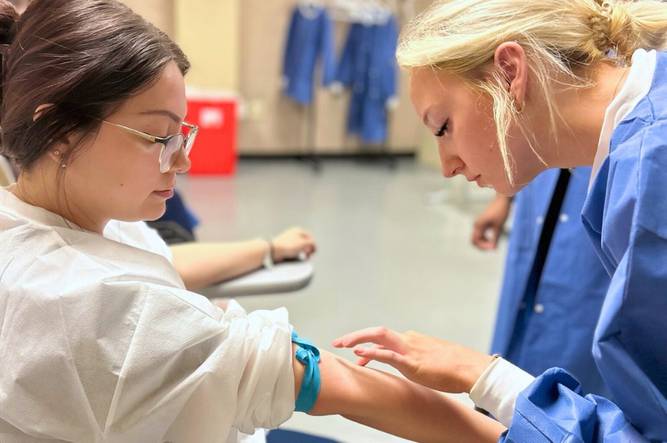In the ever-evolving landscape of education, the debate between traditional textbook learning and modern video platforms like YouTube has gained significant traction, especially in fields like medicine. As students gear up for clinicals, the question arises: which method truly equips them with the necessary skills and knowledge? ??

The Rise of YouTube in Education
YouTube has transformed from a platform for entertainment to a valuable educational resource. With over 2 billion logged-in monthly users, it offers a plethora of content, including lectures, tutorials, and real-life demonstrations. A recent survey indicated that 70% of students prefer video content for learning complex subjects. This preference is largely due to the engaging nature of videos, which can simplify intricate concepts and provide visual context.
Comparison of Learning Methods
To better understand the effectiveness of YouTube versus textbooks, let’s delve into some statistics and insights:
| Learning Method | Engagement Level | Retention Rate | Accessibility | Cost |
|---|---|---|---|---|
| Textbook | Medium | 10-20% | Low | High |
| YouTube | High | 30-50% | High | Free |
- Engagement Level: YouTube videos often incorporate animations, real-life scenarios, and interactive elements, making them more engaging than static textbooks.
- Retention Rate: Studies show that learners retain more information when it is presented visually and audibly, which is a significant advantage of video learning.
- Accessibility: YouTube is accessible on various devices, allowing students to learn anytime, anywhere. In contrast, textbooks can be cumbersome and less portable.
- Cost: While textbooks can be expensive, YouTube offers a wealth of free resources, making it a budget-friendly option for students.
The Role of Textbooks
Despite the advantages of YouTube, textbooks still hold a crucial place in education. They provide structured information, comprehensive coverage of topics, and are often peer-reviewed. For instance, a study found that 60% of medical students still rely on textbooks for foundational knowledge. Textbooks also encourage critical thinking and deeper analysis, which are essential skills in clinical settings.
The Best of Both Worlds
The ideal approach may not be a strict choice between YouTube and textbooks but rather a combination of both. By integrating video resources with traditional study materials, students can enhance their learning experience. Here’s how:
| Learning Strategy | Description | Benefits |
|---|---|---|
| Flipped Classroom | Students watch YouTube videos at home and discuss them in class. | Encourages active participation and deeper understanding. |
| Supplementary Learning | Use YouTube videos to clarify complex textbook concepts. | Provides visual context and enhances retention. |
| Peer Teaching | Students create their own YouTube-style videos to teach classmates. | Reinforces knowledge and builds communication skills. |
Real-World Applications
In clinical settings, practical skills are paramount. YouTube offers a unique advantage by providing real-life demonstrations of procedures, which can be invaluable for students preparing for hands-on experiences. For example, channels like MedCram and Armando Hasudungan offer detailed explanations of medical concepts and procedures, making them excellent resources for aspiring healthcare professionals.
Student Perspectives
A survey conducted among medical students revealed some interesting insights:
- 80% of students reported that they use YouTube as a supplementary resource for their studies.
- 75% felt that video content helped them understand complex topics better than textbooks alone.
- 65% believed that watching clinical procedures on YouTube made them feel more prepared for real-life situations.
These statistics highlight the growing reliance on video content in medical education and its potential to enhance learning outcomes.
Conclusion
As the educational landscape continues to evolve, both YouTube and textbooks have their unique strengths and weaknesses. While textbooks provide a solid foundation and critical thinking skills, YouTube offers engaging, accessible, and practical learning experiences. By leveraging the strengths of both methods, students can better prepare themselves for the challenges of clinical practice.
In the end, the choice between YouTube and textbooks may not be a matter of one versus the other, but rather how to effectively combine both to create a rich, engaging, and comprehensive learning experience. So, whether you’re flipping through pages or clicking on videos, remember that the goal is to absorb knowledge and apply it effectively in your clinical journey! ?



